Apple on Wednesday sent out surveys to a sampling of MacBook Pro customers asking whether they use the laptop's headphone jack, a question that suggests the company is looking to remove the legacy component as it did with iPhone 7.
As noted on Twitter and other social media sites, the poll's phrasing hints Apple is at least considering a removal of the long-in-the-tooth 3.5mm headphone jack in an upcoming MacBook Pro with Retina display revision. A separate survey asked users how often they use specific ports, perhaps a clue that future MacBook Pro models will save valuable internal space by combining interoperable I/O ports like Thunderbolt 3 and USB-C.
In addition, Apple also sent out surveys regarding general MacBook Pro interactions. For example, some customers received questionnaires concerning how they import photos to their Mac, while others were asked about battery life and portability.
MacRumors reported on the survey earlier today.
Apple is expected to revamp its flagship MacBook Pro line in the near future, though reports have not yet painted a complete picture of the laptop's final design and hardware specifications. Well-connected KGI analyst Ming-Chi Kuo, who boasts an accurate track record when it comes to future Apple product launches, predicts the next Retina MacBook Pro will be completely redesigned, with a thinner unibody architecture, OLED touch bar and Touch ID. Subsequent reports parroted those claims.
Photos of a purported next-generation MacBook Pro chassis surface in May showing compact design with fewer ports than current models. The supposed part did, however, include a headphone jack, albeit repositioned from the left side of the device to the right.
If Apple were to remove the headphone jack from an upcoming MacBook Pro, the change would be in line with its recent — and highly controversial — decision to do the same with iPhone. After months of rumors, Apple officially ditched the 3.5mm headphone jack standard with iPhone 7 last week. The controversial change caused an uproar, as consumers voiced concern that their headphones will soon be obsolete. Anticipating consumer response, Apple is including a Lightning-to-headphone jack adapter in every iPhone 7 box.
By removing the 50-year-old connector technology, Apple was able to squeeze better cameras, an advanced Taptic Engine and a larger capacity battery into the svelte handset, company executives said. The change also eliminated a key point of liquid ingress, allowing engineers to design Apple's first water-resistant iPhone.
The general public, while not particularly pleased, seems to be swallowing Apple's explanation. After all, in a cutting-edge, small-format super computer like iPhone, every micron counts. For larger laptop devices, however, explaining away the deletion of fairly critical component seems like a tall order.
Prior to 2014, many portable Macs supported optical digital input and output via a hybrid 3.5mm jack (mini TOSLINK), but as professionals moved to more modern equipment reliant on high-bandwidth digital transports like USB, the technology was phased out. That being said, the headphone jack is hardly obsolete. Millions of consumer devices still support the ubiquitous connector format, including a majority of Apple products.
Arguments can be made for space saving considerations, as can a recitation of the company's collective "courageous" jump to what's next in tech. But the raison d'etre, the one Apple might be reluctant to air onstage in front of gathered media, is that removing MacBook Pro's headphone jack forces an advancement of the company's wireless ecosystem agenda.
And that's OK, too.
 Mikey Campbell
Mikey Campbell







-m.jpg)






 Wesley Hilliard
Wesley Hilliard
 Christine McKee
Christine McKee
 Amber Neely
Amber Neely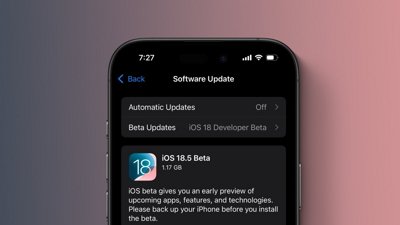
 Marko Zivkovic
Marko Zivkovic
 Malcolm Owen
Malcolm Owen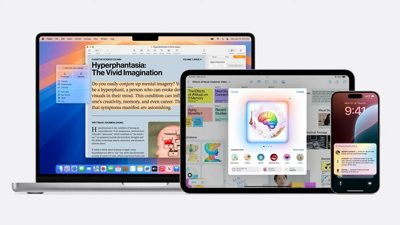

 William Gallagher
William Gallagher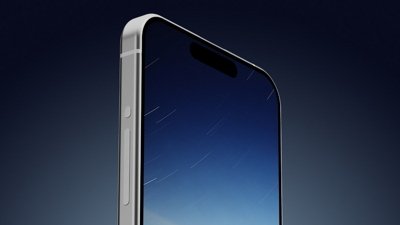
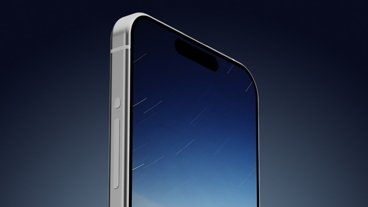
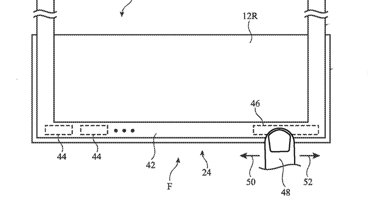







84 Comments
The user and all related content has been deleted.
use it every single day...just put both as an interim solution
Yep, cutting in noisy environments, watching stuff on a plane - always. However, would I be prepared to change? To a pair of AirPods? Doubt it. BOSE noise cancelling phones? About time I got some. Beats equivalents? Only if they're as good, which on past form, they wouldn't be. They'd be "good enough", which frankly isn't.
Don't use it at all.